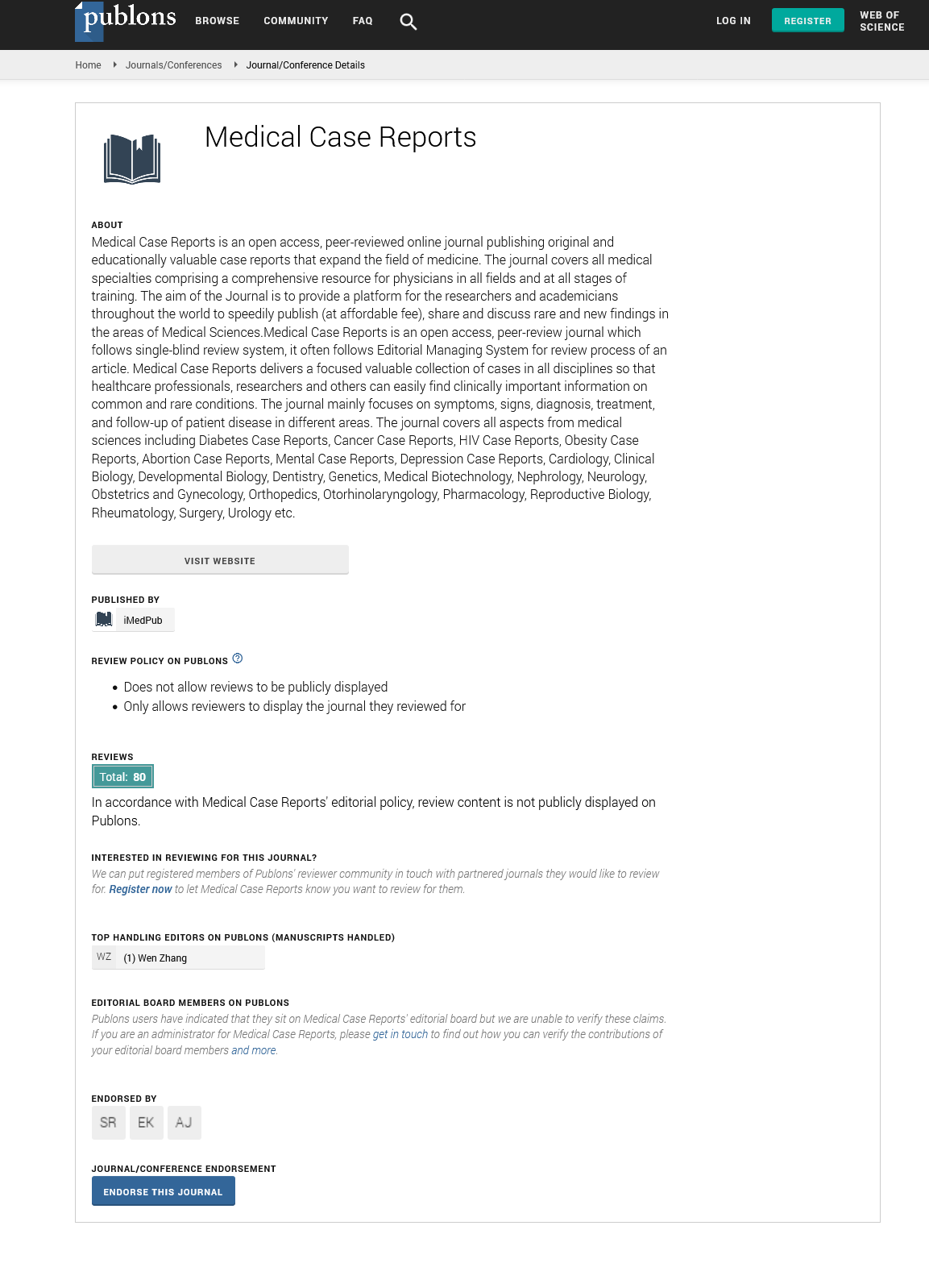Abstract
New Application of Five Shu-Points for Chemotherapy-Induced Peripheral Neuropathy: A Case Report
Background: Chemotherapy is the primary treatment option for Triple-Negative Breast Cancer (TNBC) due to poor hormonal/target therapy responses. Chemotherapy-Induced Peripheral Neuropathy (CIPN) is one side effect that stops cancer patients from carrying on further management and leaves them with higher cancer recurrence rates, metastasis, and death. However, no known interventions, including traditional acupuncture, have proven consistently efficacious in treating CIPN. The Five Shu-Points Acupuncture (FSPA) location resembles CIPN’s “stocking-glove” manifestation and has been reported effective on diabetic neuropathy. A new FSPA application that implements meridian linkage, tonifying mother and controlling elements, and reducing the son element was introduced to manage CIPN.
Objectives: This report explores the effectiveness of a new FSPA application for CIPN in a TNBC patient.
Materials and Methods: A TNBC patient was treated with FSPA for CIPN on the lung and pericardium meridians in both hands’ thumb, index and middle fingers. SP 3, HT 7, BL 65, 67, LR 3, KI 3, ST 42, and ST 43 were selected and punctured with DBC needles (0.22 mm x 30 mm) three times/week/chemo course for three weeks during four Taxotere administrations. Each session lasts 40 minutes, with re-stimulating each needle for 20 to 30 seconds every 10 minutes under the arrival of Qi (DeQi). The subject recorded the pain level on the numerical rating scale and Mankoski pain scale before and after 36 FSPA sessions. Liver and renal indices were checked to monitor chemo drugs’ cumulative toxicity.
Results: The pain reduction percentage of each FSPA session ranges from 42.86% to 100% on the numerical rating scale and from 50% to 100% on the Mankoski scale. The pain scores dropped to 0-4/10 in both scales, with trend lines presenting consistent pain reduction tendencies, disproportionating chemotherapeutic agents’ cumulative toxicity to the liver and kidney. CIPN symptom-free in the needling sites/meridians were noted.
Conclusions: The data shows that the new FSPA protocol could effectively relieve CIPN in a chemotherapy TNBC patient. The symptom-free areas may imply the FSPA’S preventive capability on the onset of early-stage CIPN. More clinical studies are required to validate the FSPA’s effectiveness.
Author(s): Eric Mengchen Hao
Abstract | Full-Text | PDF
Share this

Google scholar citation report
Citations : 241
Medical Case Reports received 241 citations as per google scholar report
Medical Case Reports peer review process verified at publons
Abstracted/Indexed in
- Google Scholar
- China National Knowledge Infrastructure (CNKI)
- Cosmos IF
- Directory of Research Journal Indexing (DRJI)
- WorldCat
- Publons
- Secret Search Engine Labs
- Euro Pub
Open Access Journals
- Aquaculture & Veterinary Science
- Chemistry & Chemical Sciences
- Clinical Sciences
- Engineering
- General Science
- Genetics & Molecular Biology
- Health Care & Nursing
- Immunology & Microbiology
- Materials Science
- Mathematics & Physics
- Medical Sciences
- Neurology & Psychiatry
- Oncology & Cancer Science
- Pharmaceutical Sciences


